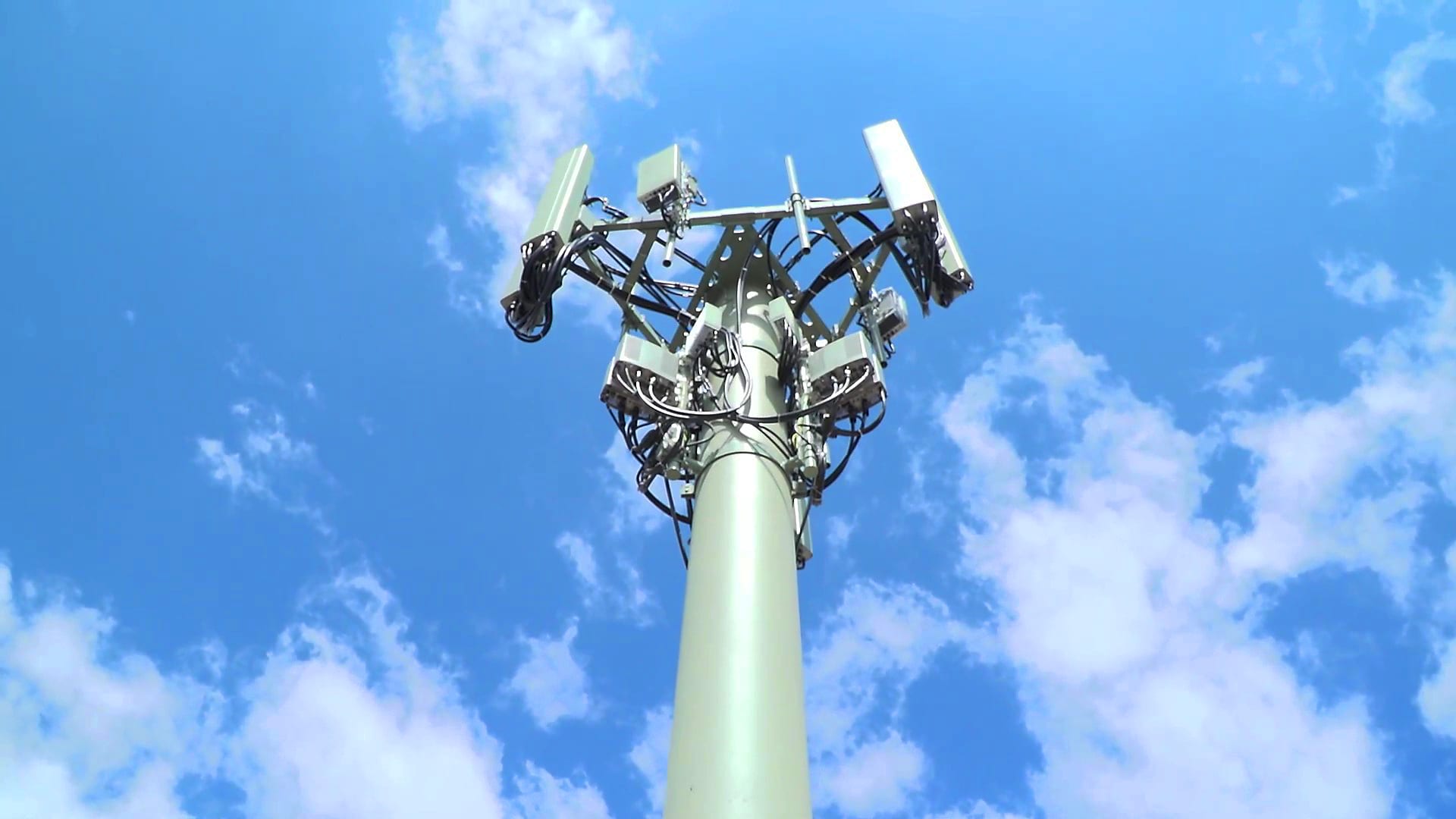When it comes to natural disasters, Australia has more than our fair share and far too often. Drought, bushfires and flood lead that list, often isolating remote communities. Telstra has taken on the challenge of increasing these communities communication capabilities ahead of the approaching season.
Whether users are aware of it or not, mobile towers have a battery backup system for times when power is offline. Telstra has increased the battery backup capacity of 341 mobile tower sites in regional Australia. This increase brings their backup times from a few hours, up to 12 hours for some remote towns.
The additional capabilities — including smart charging and site monitoring — have been delivered ahead of Telstra’s scheduled timeline through the utilisation of the Government’s Strengthening Telecommunications Against Natural Disasters (STAND) program.
Nikos Katinakis, Group Executive for Networks & IT said:
The Australian Government committed $11.4 million to the project, with the expectation it would be completed by the end of 2021. We delivered the project in eight months, so we were well-prepared ahead of disaster season.
Our teams did a phenomenal job managing the logistical challenges of COVID restrictions and border closures – transporting more than 8,600 new battery cells weighing a total of 500,000 kilograms across the country was no small feat.
The Minister for Emergency Management and Regional Communications, Senator the Hon Bridget McKenzie added further comments recognising that access to telecommunication access is vital for the community — including first responders — throughout disasters.
As a volunteer first responder myself, I know first-hand the importance of good communication tools. Without them, there are risks that have huge potential to risk life and property. The changes delivered by Telstra are undoubtedly welcomed by remote communities to ensure continued safety.





Quickest and cheapest option would be to purchase a truck load of SpaceX Starlink terminals. Starlink terminals could be easily fitted to command centre vehicles and would enable commanders on the ground to have access to real-time imagery.
A second Starlink terminal purely for personal use by people in their break / off-duty time would provide redundancy and a way to let people communicate with family / friends.